The Hair Washing Ceremony (Lung Ta) of the White Thai people in Quynh Nhai district, Son La province, is associated with the story of the beautiful Han girl who disguised herself as a man to fight the enemy. When she returned victorious on the 30th of Tet, she and her soldiers rested and bathed by the stream to celebrate the victory and welcome the new year.
Where she bathed, the sky suddenly radiated a halo of light, and a colorful cloud appeared to welcome her to heaven.
To show respect and gratitude for her great contributions, the people of 16 Thai districts, including Chau Chien (Chau Quynh Nhai) built a temple to worship Lady Han (in Muong Chien village, Muong Chien commune), worshiping her on holidays and New Year's Eve and organizing a hair washing ceremony on the afternoon of the 30th of Tet every year to pray for her to protect and bestow upon people health, love, happiness and a peaceful village and a bountiful harvest.
Nang Han Temple is located in the hydroelectric reservoir area, so after 2012, the community and district relocated to Pu Nghiu hill, Muong Giang commune and built Linh Son Thuy Tu temple to worship the Mountain God and River God.
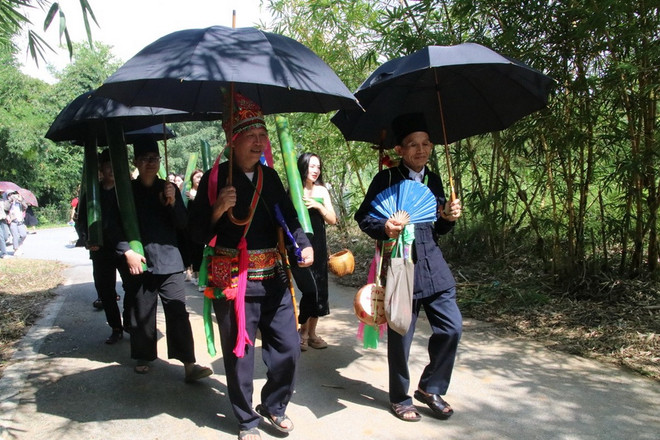
Before the ceremony, the whole village holds a meeting in which the village elder (who is also the shaman) and the village chief are the main hosts, preparing the logistics and offerings for the ceremony. The nine offerings are prepared at the head of the clan to worship the ancestors, Lady Han, the Mountain God, the River God and the Earth God.
The young women prepare soapberry, wooden basins, aromatic leaves (taken from the forest) and other spices to prepare a pot of fragrant water to wash the hair of all family members. In addition, the women in the family and other members prepare wine, meat, cakes, wild vegetables, river fish for the offerings and cuisine in each family and clan on the festival day.
Young men in the village clean the riverbank where the hair washing festival takes place, plant the pole and prepare the venue for games, singing and dancing. Some artisans in the village prepare musical instruments (drums, gongs) for folk performances. During the practice, the artisans will choose 2 young men to carry the drums and gongs and 2 women to play the gongs and drums in the ritual of carrying the offering tray and dancing throughout the festival.
Those chosen must have had no bad luck throughout the year, no deaths or illnesses in their family, and the young person himself must not have done anything bad.
People also practice singing and dancing to participate in community performances.
On the festival day, villagers organize a procession to Nang Han temple, including the shaman, village chief, village and commune representatives, unmarried couples carrying offerings, a group of people carrying drums and gongs, the elderly and young, boys and girls, and especially a group of men and women in traditional costumes, and villagers.
Upon arrival, the couple presented the offerings to the River God and the Mountain God for the shaman to perform the ceremony. The ceremony took place in the temple, outside the gongs and drums were played loudly. After that, the procession went to the Han Lady Temple, presented the offerings to Han Lady, the shaman and villagers performed a ceremony to pray for peace for the villagers and read a blessing recounting Han Lady's achievements.
After the ceremony, villagers took water from the sky well next to the Han Lady Temple to pray for peace and ward off evil spirits. The procession continued to beat drums, gongs, and dance to the incense stick at the Han Lady Temple.
After the offering and worshiping of Lady Han at the temple, the procession continued to beat drums and gongs from the temple to the river wharf. The Thai Quynh Nhai people believe that at this time Lady Han went down to the river to wash her hair. The sound of drums and gongs also drove away evil spirits from the village, so that people could enjoy the spring festival in peace.
Arriving at the river wharf, where the villagers had prepared a pole on a flat piece of land, everyone participating in the procession formed a circle around the pole as if greeting the River God, offering the River God and the Mountain God the traditional dance of the nation. Along with the circle were games of throwing cones to pray for harmony between yin and yang, a happy year, good crops, prosperous livestock, and happy children...
Along with the xoe ceremony, the shaman will read a prayer in front of the pole, expressing the villagers' wishes to the gods in the new year, as well as giving thanks for a year of support and protection from the gods.
To perform the hair washing ritual, the shaman and a group of men go to the first riverbank, breaking some green leaves and branches along the road to sprinkle holy water from the sky well to ward off evil spirits and purify the bathing area. After sprinkling the water, the shaman throws the leaves and branches into the river as if to chase away the bad things from returning.
Following the shaman's movements, everyone sprinkled water and threw green branches into the river, with the intention of pushing and chasing away bad things that drifted away with the water, not making dust on the riverbank so that the ceremony would be successful and everyone would be safe. The shaman bowed in the four directions to thank the gods of the five directions, the River God, the Mountain God, the Earth God... After that, the men splashed river water on their heads to make a ritual, then washed their hair and bathed, with the meaning of bathing at the end of the year and the harmony of yin and yang on the river in the ritual of the ceremony.
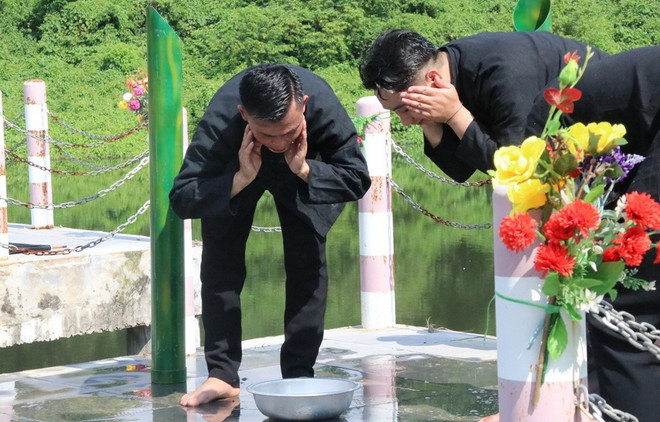
The wharf below the river is where the festival really takes place. The girls take off their skirts and blouses, change into a long skirt from the chest, and line up along the riverbank, each with a basin of scented water placed in front of them, mixed with well water taken from the sky well at the Nang Han temple, with the meaning of scented water making people fragrant and neat in preparation for the new spring, the sky well water is to ward off evil spirits, so bad spirits do not dare to follow.
The young women in black uniform-like bathing suits stand in front of basins of scented water, their backs to the river, their faces to the shore, their hair down, waiting for the shaman to perform his magic. The shaman will stand at the head of the line and ask the River God, the Mountain God, and the Earth God to allow the young women, the disciples of Lady Han, to wash their hair and bathe to welcome the new year.
The shaman takes turns going along the line, sprinkling scented water to exorcise and purify each young woman. After sprinkling the last person, he will throw green branches and leaves into the river so that the water can carry away the bad things. In the past, after reading and performing the spell, the shaman would fire three shots and the hair washing ceremony would begin, but now guns are not allowed, so instead, he beats three drums. After that, a middle-aged woman takes the lead and calls for everyone to dip their hair into the basin of scented water and wash their hair. The leader continues to call for all the women to simultaneously lift their heads, toss their hair back, then turn to face the river and move down into the water until the water reaches their knees, then stop to rinse their hair together, smooth their hair, lift their hair up, and let it down to avoid tangles.
Following the command one, two, three, everyone raises their heads and waves their hair back, doing this 5-7 times and it's done. In this ceremony, any young woman with long hair and beautiful water rings will be given gifts by the village elders and clan leaders, such as combs or other objects that symbolize spring, and encouraged and praised for the women's long hair, encouraging them to keep their hair long - a symbol of the gentleness of Thai girls in the community.
After washing their hair, the girls put on traditional costumes and return to their village, family, and clan leader to prepare a New Year's Eve meal filled with joy, reunion, and happiness.
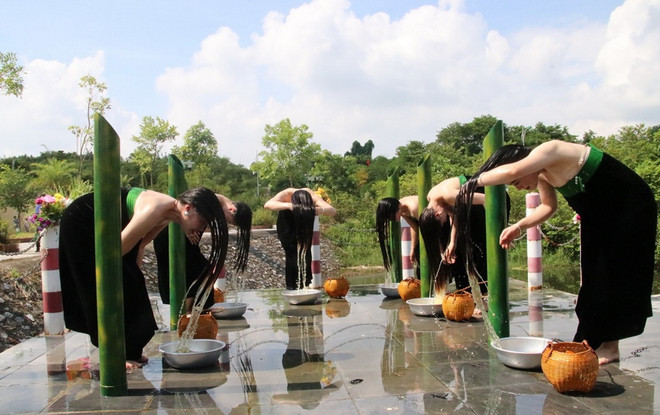
After the ceremony to worship the Mountain God, River God, Lady Han and wash hair at the river bank is the ancestor worship ceremony at the patriarch's family in each clan.
The indispensable offerings are river fish for the River God, wild vegetables for the Mountain God, and sticky rice, chicken, and fruits for Lady Han and the ancestors of each family. After a warm glass of wine to welcome the new year, celebrating the hair washing ceremony, there are songs about Lady Han's great contributions to the villagers.
At this time, the elderly also pass on to the younger generation songs, dances, embroidery techniques, the story of Lady Han associated with the hair washing ritual... After receiving blessings, singing and exchanging in the wine tray are games such as "to ma le," throwing con, singing and dancing in groups, teams with many different performances... The most unique is the traditional xoe performance in which all boys and girls, old and young in the village participate.
The White Thai people's Hair Washing Ritual in Quynh Nhai contains the history of the village's formation, the living environment, the history of each period in the process of formation and development of the land along the left bank of the Da River, about love for the homeland and community cohesion.
The ritual represents the ancient fertility belief value, the harmony of yin and yang, different performance values such as dance, music, singing... blend together, responding to the need for peace, prosperity, and growth of all things; expressing the cultural behavior between people, people and nature, people and the world of gods.
The Hair Washing Ritual also contains folk knowledge, thinking values, scientific values, linguistic values, musical language, expressive language of behavior in life; values for tourism, economic development, and is a place to attract tourists to learn about the traditional culture of the White Thai people here.
With its typical value, in 2020, the White Thai people's Hair Washing Ritual was included in the List of National Intangible Cultural Heritage./.
Source: https://www.vietnamplus.vn/nghi-le-goi-dau-cua-nguoi-thai-trang-net-dep-van-hoa-doc-dao-vung-tay-bac-post941301.vnp


![[Photo] General Secretary To Lam receives the Director of the Academy of Public Administration and National Economy under the President of the Russian Federation](/_next/image?url=https%3A%2F%2Fvphoto.vietnam.vn%2Fthumb%2F1200x675%2Fvietnam%2Fresource%2FIMAGE%2F2025%2F12%2F08%2F1765200203892_a1-bnd-0933-4198-jpg.webp&w=3840&q=75)









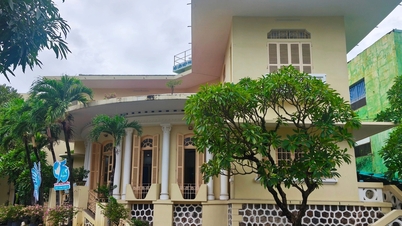

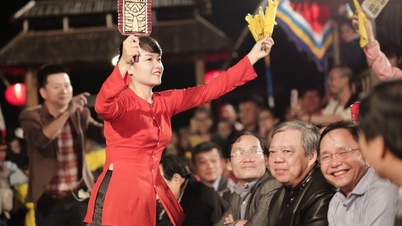
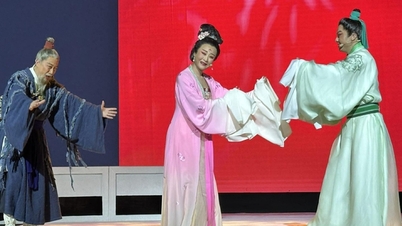

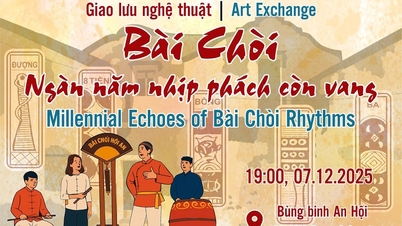
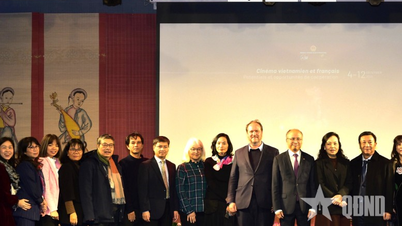

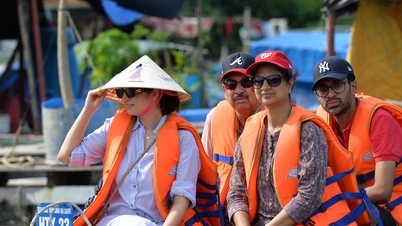
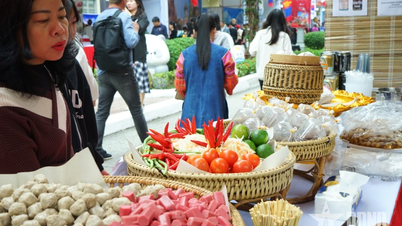
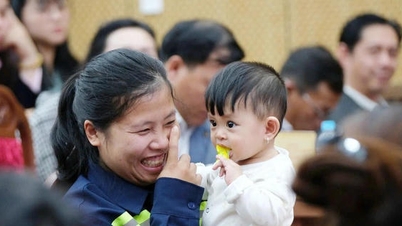



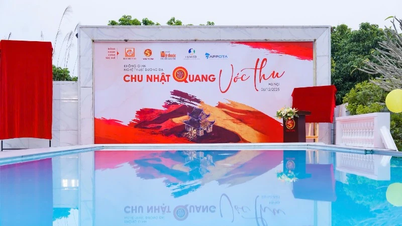




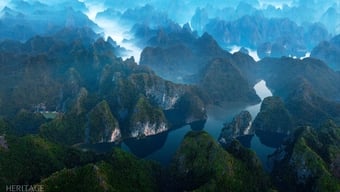

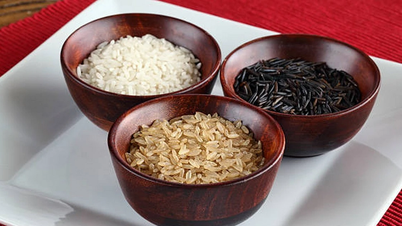
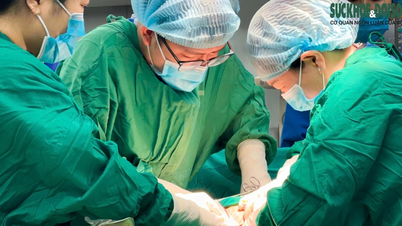
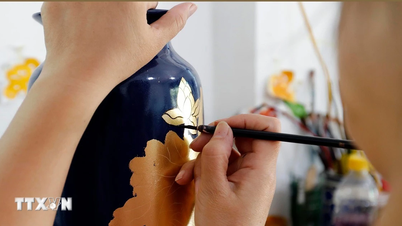


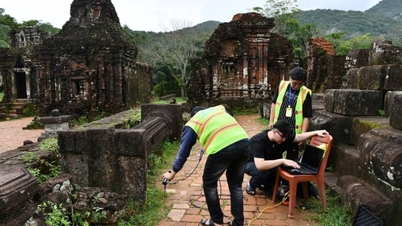

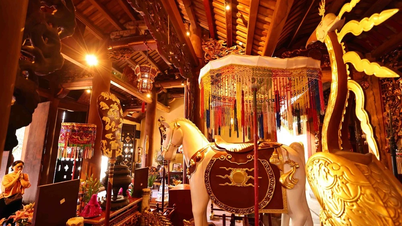


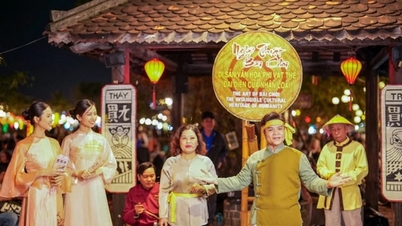

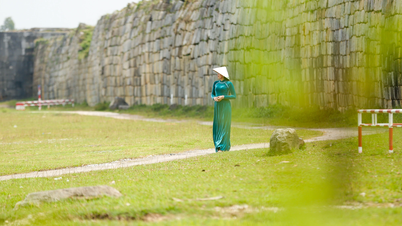


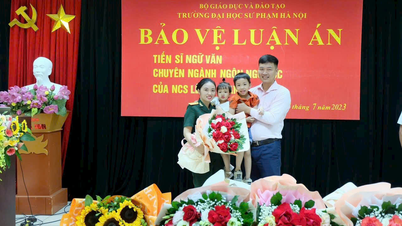
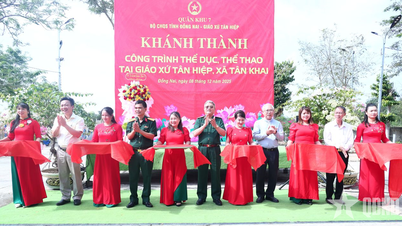
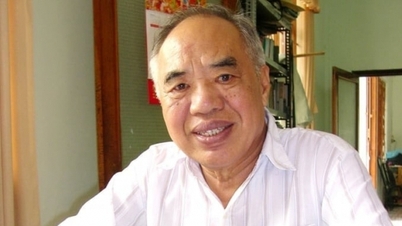

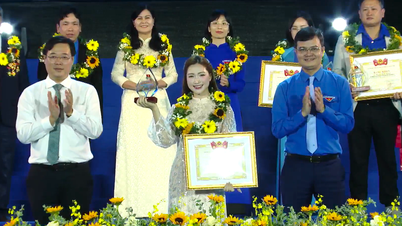

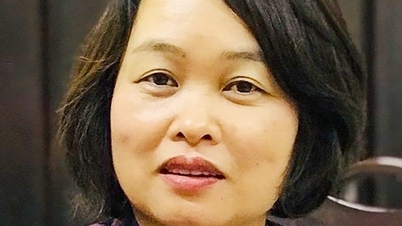

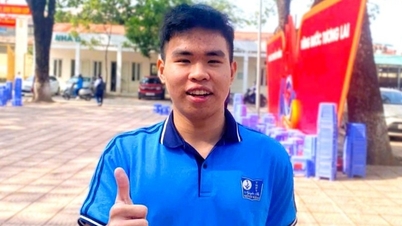

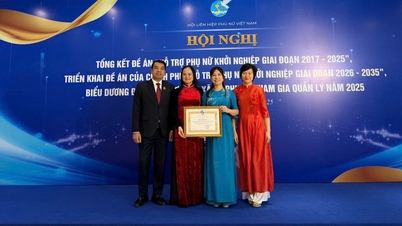

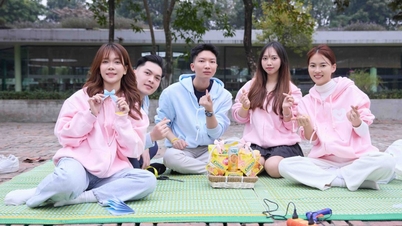



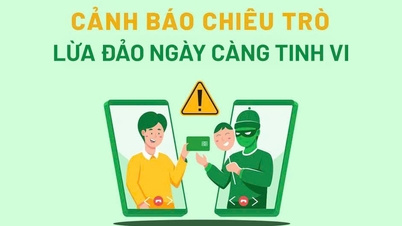







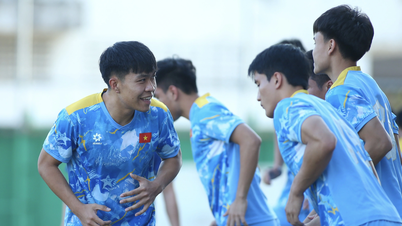
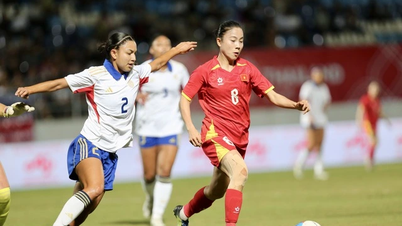
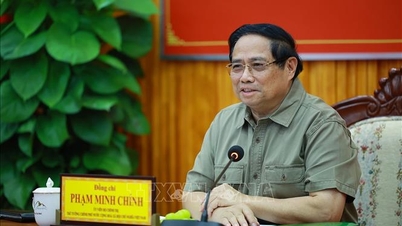

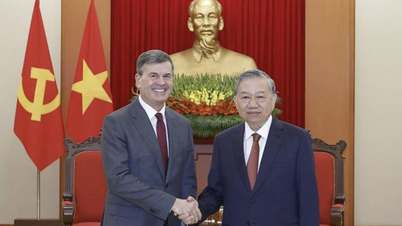


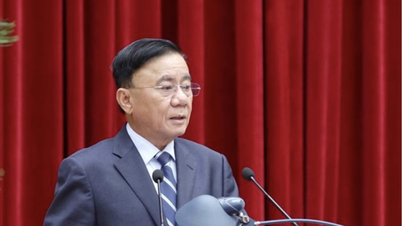


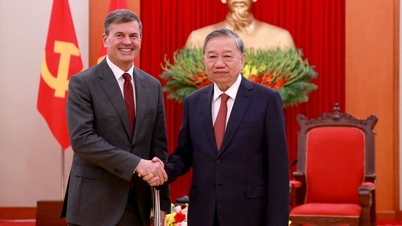
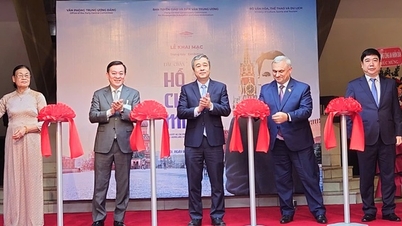

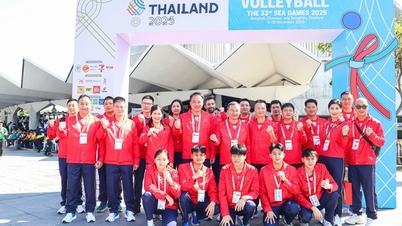
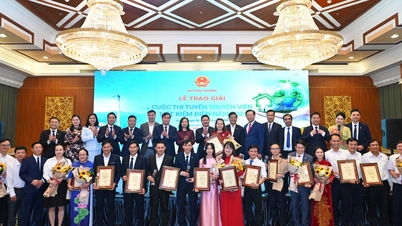


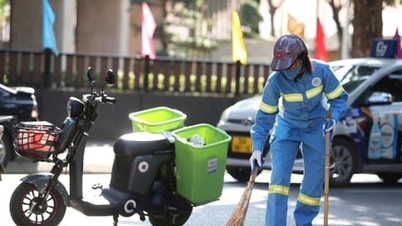
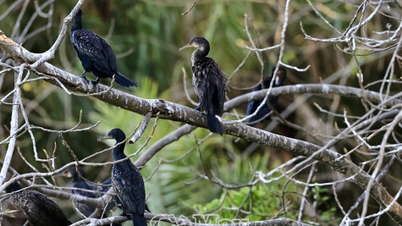

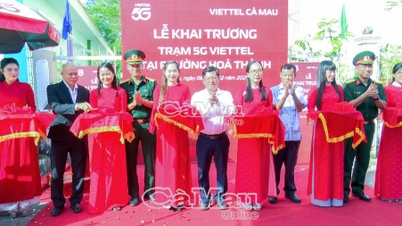
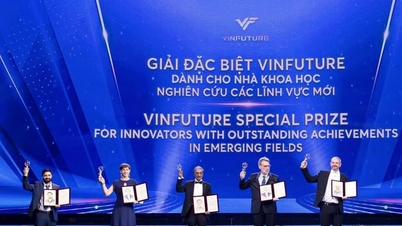
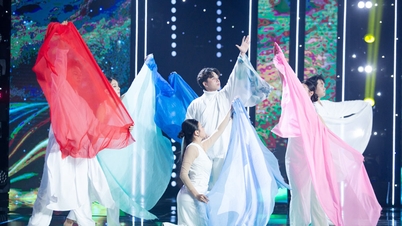



















Comment (0)